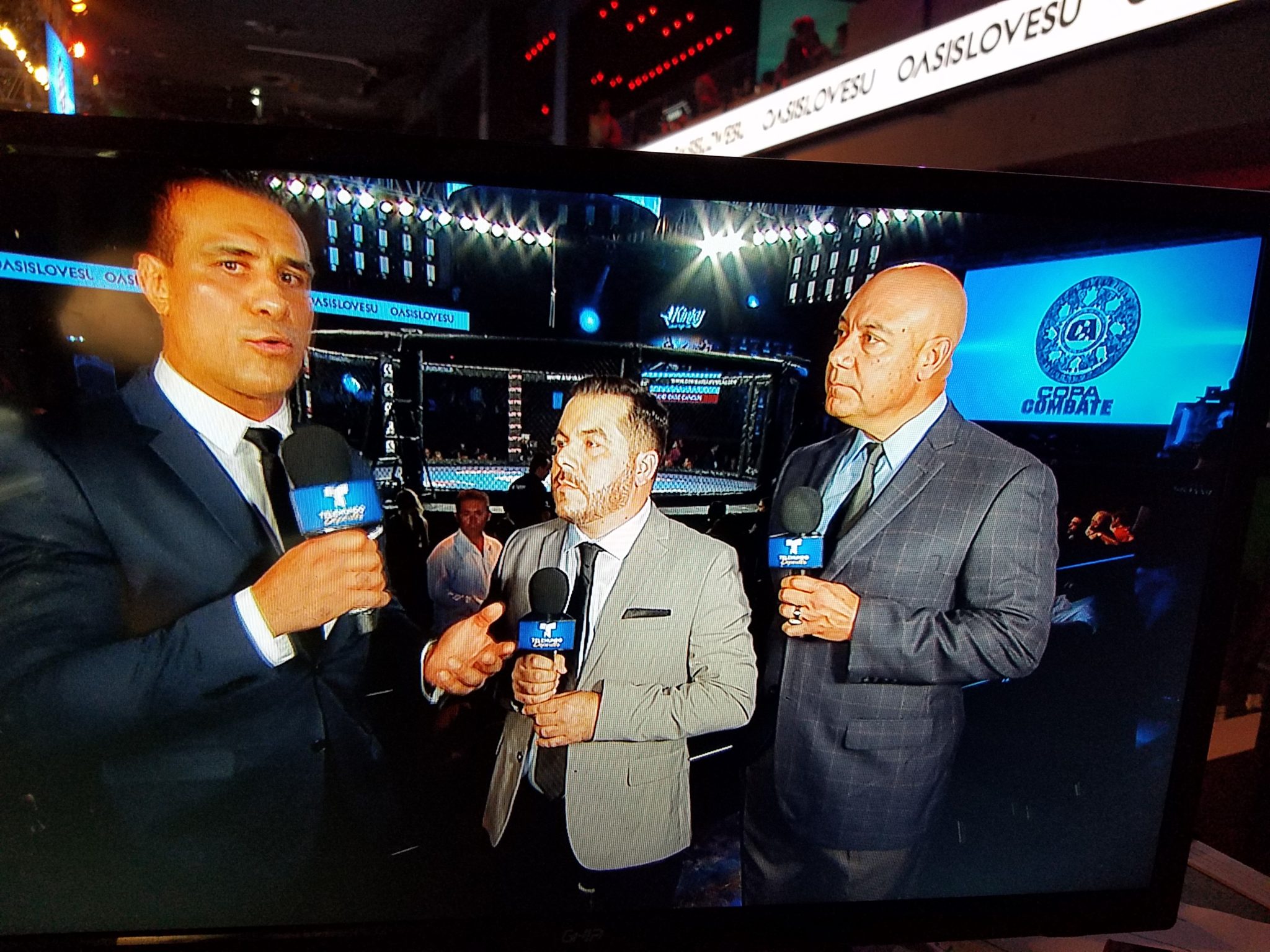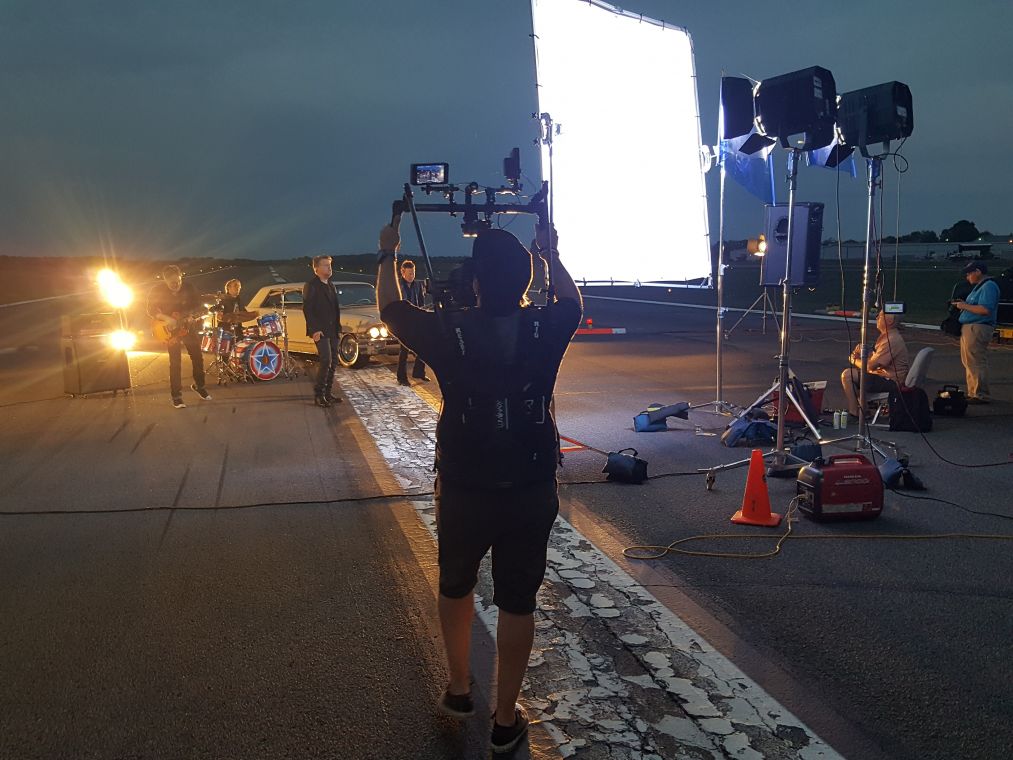There are no do-overs in live broadcasts making proper illumination critical. It enables audiences to see the action and is used to focus attention. It also enhances the mood. Illumination quality is important for a variety of factors ranging from the type of camera being utilized to the intensity of the image being broadcast.
Appropriate on-camera illumination is an art form that requires extensive education and can require years to master. Lighting is an element that’s always present in broadcasts. The trick is to create illumination set-ups that are “invisible” to viewers.
Under Lighting
Insufficient lighting is the most common problem seen in on-camera broadcasts. Typically a mistake made by the inexperienced, it occurs when a light meter isn’t utilized. The problem is that cameras don’t “see” light the same way as the human eye. Trying to correct for insufficient light with the camera increases the noise and graininess of the images and affects the focus.
Harsh Light
Also known as hard light, many novices confuse harsh with bright. Hard light casts unwanted shadows and will make the entire broadcast appear like an amateur production. Bright lighting can be achieved with softer lighting that also works to make subjects look friendlier and approachable. It’s infinitely more flattering to subjects.
Flat Image
A flat image occurs when there’s not enough demarcation between the background and foreground. It’s a snafu that can be extremely difficult for beginners to discern and happens when the subject is too close to the background and there’s no sense of depth. Viewers don’t know where to focus their attention. It can be remedied in a variety of ways using light, color and distance.
Light Temperatures
Balancing warm and cold illumination is important and desirable, but not when it’s casting harsh shadows on one side of the subject. The balancing act is especially difficult in live shots that are taken near windows with sunlight. Viewers will be able to tell there’s something “off,” even if they’re not able to tell exactly why.
Know the Basics
Individuals can alleviate the most common on-camera lighting problems by thoroughly understanding the basics, using a good light meter and practice. Lighting difficulties can be easy to rectify by recognizing their potential before they occur. “Mistakes” can also be used to create special effects for certain types of productions. Practice makes perfect.


